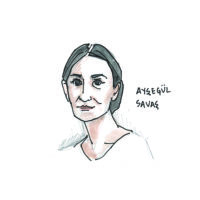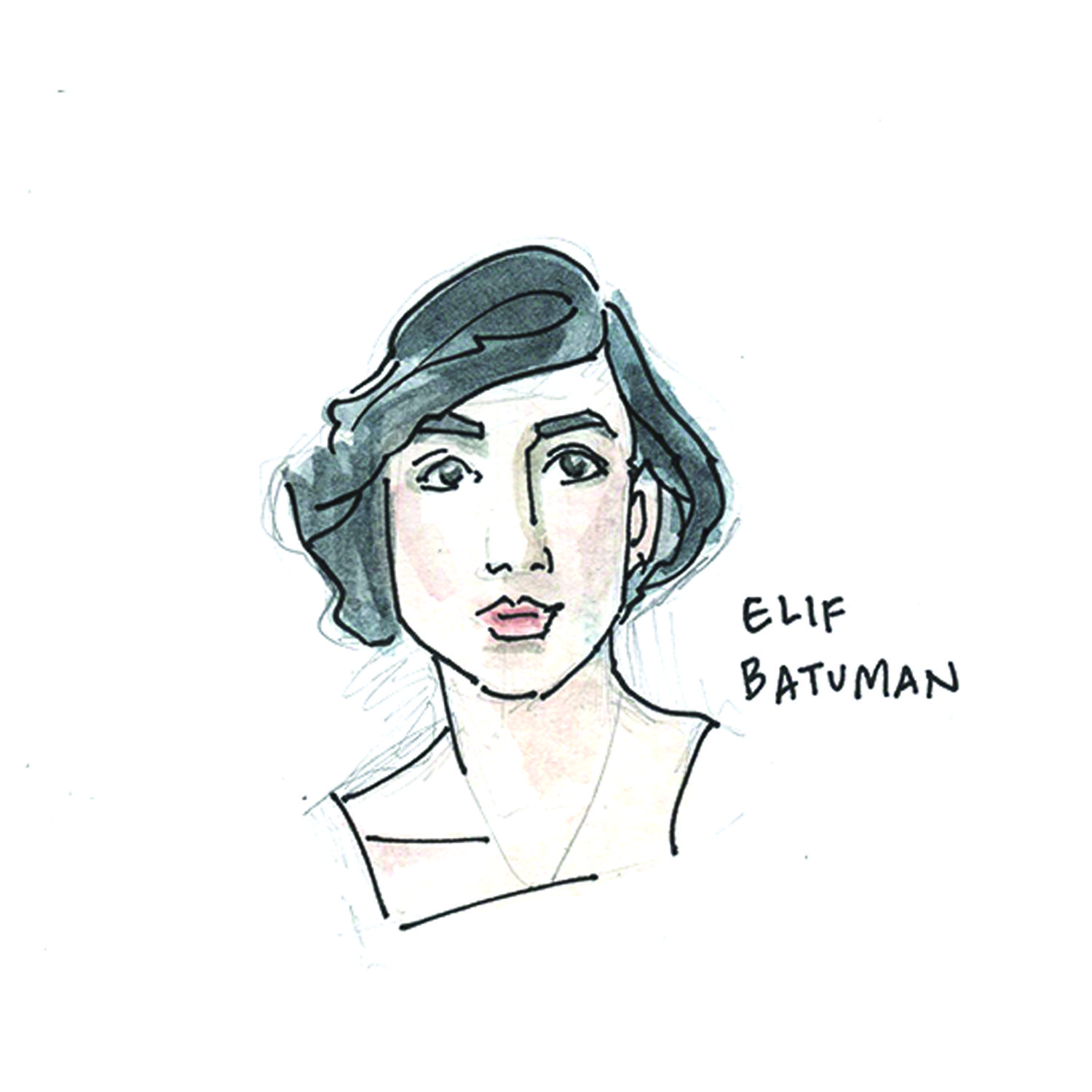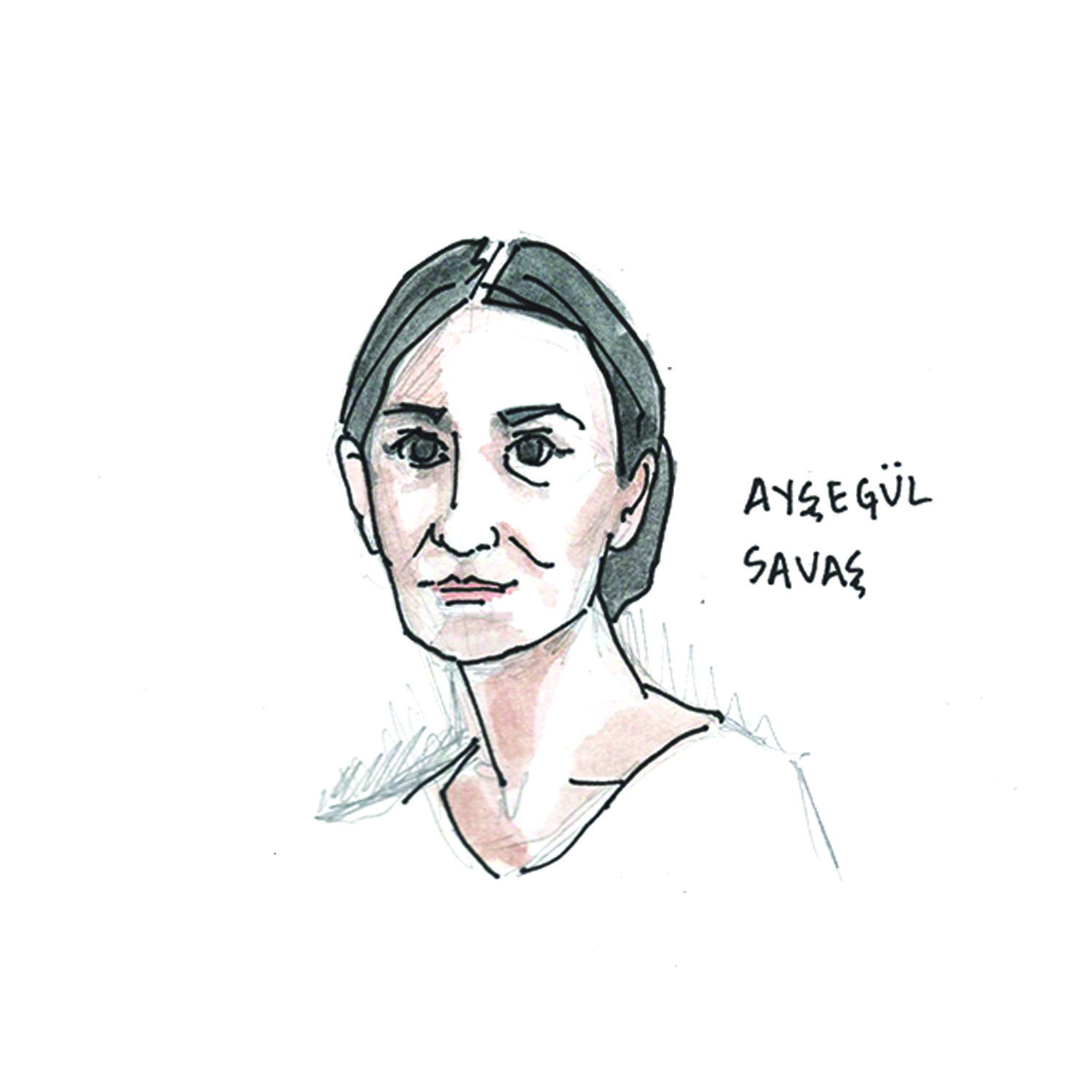While on vacation, summer of 2012, I visited the Museum of Innocence: a newly renovated building in the middle of Istanbul’s Çukurcuma antique district. My Turkish family surprised me with tickets, the day after the museum’s opening. They knew I was an Orhan Pamuk fan, and had listened to me ramble, rapturous, about his latest novel: also—not coincidentally—called The Museum of Innocence.
The museum was meant as a brick-and-mortar companion to the book, a place you could go to see various artifacts from the story: a comb “belonging” to the character Füsun, a ticket stub, a mirror, a plain-looking bed in the attic. “‘Real’ objects” from “a fictional story” was how Pamuk put it. The plot of the novel centered on Kemal, the wealthy, older protagonist in love with a much younger, much poorer, and very beautiful Füsun. Theirs was a tale of impossible, doomed, quaking love. Füsun eventually married another guy, but Kemal found himself unable to let go of her. He went to bed every night with the intention of forgetting Füsun, but always awoke “to the same pain, as if a black lamp were burning eternally inside” him. A version of this lamp was one of the objects on display at the museum.
For some reason, on the day of my visit my family took a lot of pictures of me. I’m not smiling in any of them. There’s one in which I frown at a map of Istanbul. There’s one where I stand, dubious, by a display of 4,213 cigarette butts, all smoked by Füsun. In another, I’m outside, squinting unhappily under the sun. Why am I so miserable at the Museum of Innocence? It had been a tough summer for me: a summer of feeling stuck and uncertain; a summer where existential questions loomed, tenting over me like a cartoon rain-cloud I could not escape.
I had recently left one teaching job and would begin another soon, and yet I kept thinking, Is this all there is? Is this what I’m meant to do with my life? Passively lecture about the world’s various, pervasive injustices? Talk on loop about how white men have not only defiled and plundered, but are the ones who story-tell afterward? The ones who get to write the books?
Orhan Pamuk reminded me of my dad, honestly. The wire-rimmed, 1980s-vibe glasses, the button-down shirts. When my cousin pointed out that both men were Geminis, the connection cemented further and the two began to fuse in my head. Did the men share the same slanted smile? They did. Have matching pocket pens? Yes. The part in their hair? Identical.
The last college class I’d taught, before my summer trip to Istanbul, was an Asian American arts and literature course. I lectured on how limited representation had done a deep disservice to art, excluding voices, erasing lives. Women of color especially—I’d soapbox—needed to affirm, to register presence within the larger history, within canon and society itself. “Sameness breeds sameness,” I’d spitfire preach, and then we’d discuss how important it was to widen the perimeter, to strive for inclusion.
But the dirty, private truth was that in my own life, I still read a lot of men. I read men more than women. White men, I read most of all.
When I returned to Minneapolis at summer’s end, I found myself happily surprised by the new teaching job. Twice weekly, the undergrads and I met to talk about social justice, but in this curriculum there was a service learning component. Outside the classroom, we committed thirty hours to the community each semester. It was a way for me, as a teacher, to offer a parallel message—to say: yes, injustice is a problem. But rather than rail about it from a distance, we rolled up our sleeves and worked inside the injustice, to support, to advocate, to exercise our agency. We worked to shift, however incrementally, the way things were done.
It was around this time I began prioritizing books written by women, by people of color, by LGBTQ+ writers, over others. I marshaled my attention, becoming conscious, purposeful about who and what I read for pleasure, and why. I could complain to my students about the detriments of talking for, or talking over, or ignoring altogether, certain people; could point out how dehumanizing this was. Or, I could do something about it, as a reader shepherding my energy and my resources to make more political, more mindful choices. I could roll up my sleeves, so to speak.
In 2017, Turkish American writer Elif Batuman debuted her novel, The Idiot. Its publication was a thunderclap moment for me, a moment of swerve, with Batuman emerging as a sort of personal beacon. I sponged up her words, eventually essaying about the experience of reading her work. “Never has the act of reading been a means of such profound self-affirmation,” I wrote. Batuman’s writing showed me what I suspected all along: that an alternative was possible. She helped me see, “after decades of watching from the sidelines, mute and passive, maligned or ignored,” what it was, “to finally become part of the plot.”
If literature functions as a mirror of the world, why was it that some of us weren’t being reflected at all? Or reflected, but only through the distortions of a funhouse looking-glass? Batuman’s work pushed me to not only question the on-the-page absence of Turkish women, and of Turkish American women, but to begin writing into that absence myself. The best part of all was that Elif Batuman looked nothing like my dad. The best part was, she showed me myself.
Last month, I received an email from a stranger in Paris: one Ayşegül Savaş, a Turkish woman who, like me, teaches at a university and who, like me, writes. Ayşegül had a novel coming out in April. “I just finished reading your piece about Elif Batuman,” she wrote in her message. “It excited me to see a Turkish name. It is very nice to discover Turkish writers who write in English.”
I asked Ayşegül for a copy of her book, Walking on the Ceiling, and she obliged. The story takes place in Paris, and in an Istanbul I recognize deeply. It is a story of a young woman, Nunu, growing up between places, coming into her own. It is a story of love, and loss; of silence, of intimacy, betrayal, and our search for true belonging. It is a story, importantly, recounted through the eyes of Nunu herself. No one is projecting some desire onto Nunu, fetishizing her, speaking on her behalf. No one is pinning her comb into a museum vitrine case, and putting it on display.
In theory, stories owe us nothing. Yet we reach for them, a life raft in choppy waters, reach as a way to understand, to connect to ourselves, to our histories, to our pain and triumph; to connect to one other.
It was just days after I finished reading Walking on the Ceiling that the news broke: a white, twenty-eight-year-old man walked into one New Zealand mosque, and then a second, opening fire, slaughtering fifty people, and brutally injuring fifty more. After his arrest, during his first court appearance, he made sure to flash a white power sign: an upside-down “okay” with his shackled hands. He penned a manifesto: seventy-four pages of hate I won’t link to, won’t reference except to say that it demonstrated how firmly rooted the story was in his head, the—to borrow from Chimamanda Ngozi Adichie—“single story” of what it meant to be Muslim, to be from a particular part of the world. A single story about how alien these others were, how inherently evil, how deserving of violence.
I read about the attacks, and I read about the attacks, and I read about the attacks, until I could not read any more.
“Dear Ayşegül,” I wrote. “I received the copy of your novel, and read it with great interest and a glad heart. Thank you for sharing your story with me. Thank you for doing the work. Thank you for bringing Istanbul to life in this way, for allowing Nunu complexity, grief, joy. Thank you for showing us her humanity.”
***
Rumpus original art by Lauren Kaelin.







